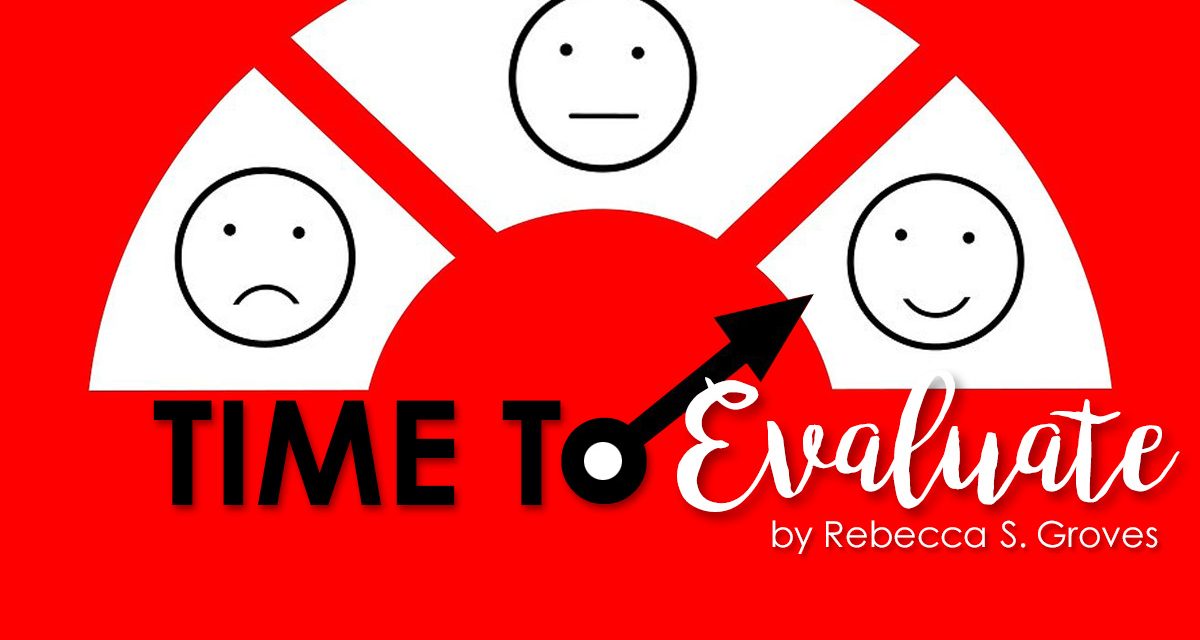You are a few weeks into your academic year. Things are going smoothly. You have located all your curricula items, all your books, teacher guides, and the manipulatives have arrived. Your students are starting on their new routine. As each student cracks open their workbooks, this becomes a great time to observe their learning.
Are you noticing the mountain top areas where they are excelling in certain topics and contrasting those with valley areas of struggle? You might find that last year’s math work was an area where a child soared and excelled. However, this year in the same program you notice there is a struggle to grasp a skill. A student may also be pulling far head in their reading, while their writing is a constant battle.
Now is a great time to observe and address these little struggle moments that could grow into bigger tensions in your academic year. What do you do when you start pinpointing these areas of pain within your student’s day-to-day work?
Make an action plan!
First, identify what level of assistance your student needs. Is it a matter that can be remedied by adding a manipulative, flashcards or daily drills. Games such as Rory’s Story Cubes or tools like Write Abouts can stimulate and encourage writing. Creating or building timelines can visually help with date memorization. Math Shark, Math War or other math fact games can help hone speed and math memorization. These are little adjustments that can be made to bolster and fortify skills where needed.
You may find that small interventions need to occur. These are supplemental options that come alongside your curriculum to fortify skills and promote retention as they provide further instruction and practice. Options like RightStart which has a Tutor program to hyperfocus on a specific math skill; MathTacular adds a fun-detective-narrative to learning math facts. Jolly Phonics provides songs to retain grammar concepts. Literature Guides can be added for varied reading exposure and comprehension. Hands-on work, such as in History Pockets, adds a tactile/creative component to help solidify historical events. Lyrical Science can add melodies to complex science concepts.
Secondly, knowing when to implement these add-ons can be tricky. Maybe your daily math work is excruciatingly slow and painful, for all involved. The thought of adding another component sends a chill down your spine and your child running for cover. Integrating these components as you drive to the store or wait for practice to start can be a softer way to introduce skill building concepts.
On occasion, the drastic measures approach may need to be addressed. You may find that the curriculum previous children used is not working for a particular student and a program overhaul needs to be considered. As you research and talk with fellow homeschoolers and Co-op contacts, remind yourself, you are not alone on this homeschool journey!
To help you get targeted resources and guidance in tailored situations for your students, call our free Curriculum Consultants here at Rainbow Resource Center. We can be reached M-F 8:30-5 PM at 888-841-3456, through our Live Chat option online, or by email at consultants@rainbowresrouce.com. ~ Rebecca





